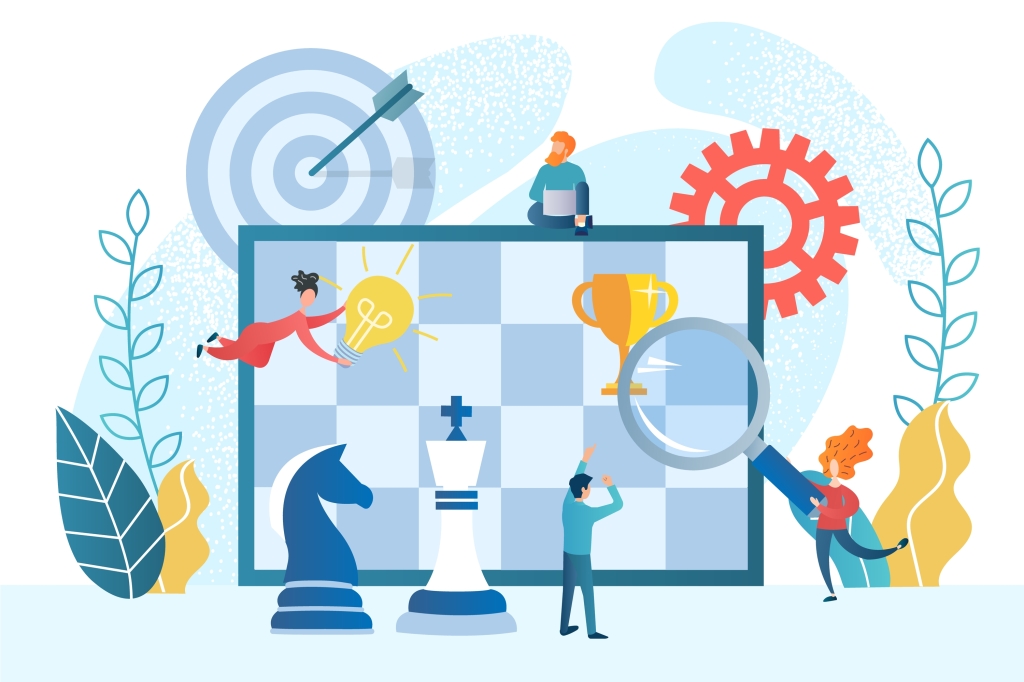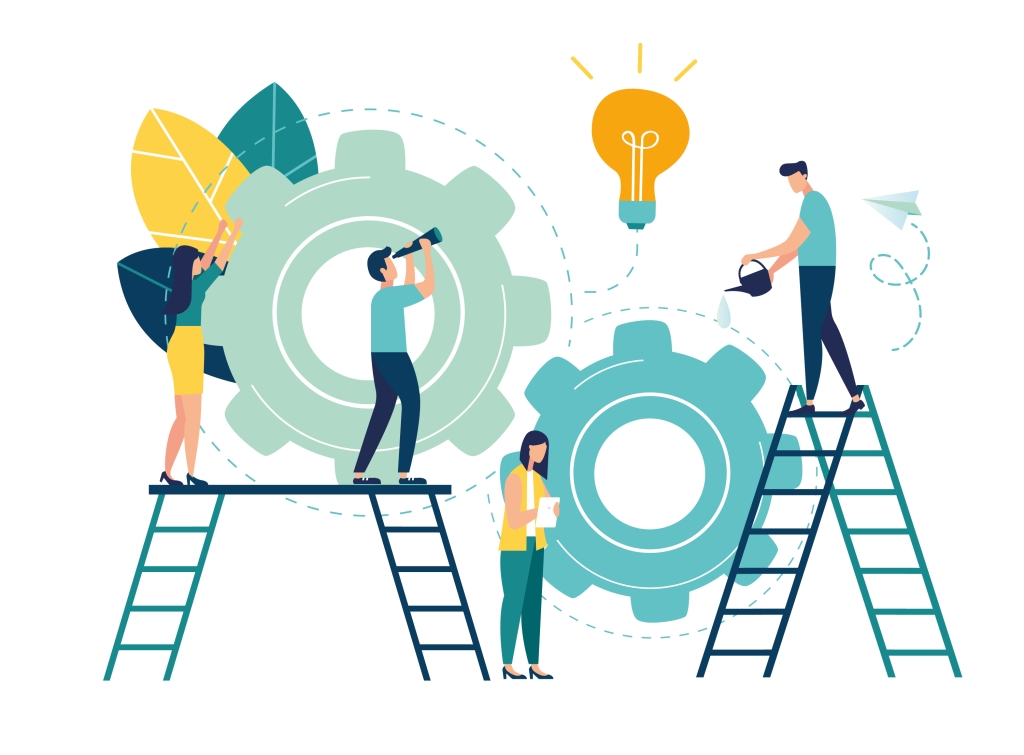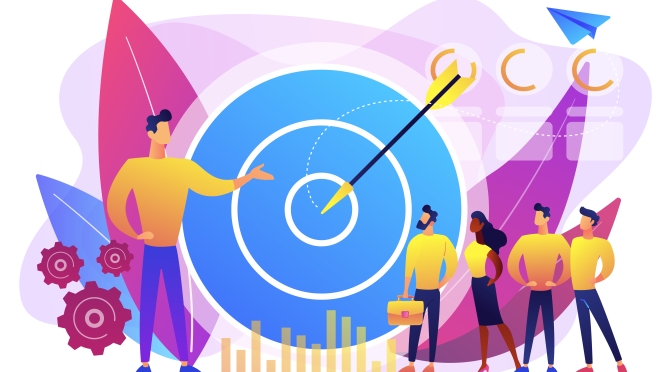Gamification is a Meta approach to boost education & keep students sharp & engaged like nothing else.
Gamification is a buzzword that’s ringing doorbells in all the industries revolutionizing the way learning resources are created and distributed.
Here’s what it means –
Gamification is the process of breaking down complex learning elements in simplified fun versions using game design, making the resources super-digestible.
It’s far more effective than traditional ways of learning with a proven impact on comprehension and speed of learning.
Another industry that’s been heavily impacted or will be heavily impacted is education.
It’s been static and rudimentary for quite a while and technology is here to flip that over, making changes to the core for good.
Here are five ways gamification improves students’ education
- Learning is fun, finally!

Gamification makes learning fun and more interactive. Students finally fall in love with learning, simply because it is served to them in a form they can easily chew.
It’s like mixing some chocolate powder into milk to give them some nutritional benefits.
The key is to make it relatable.
Old traditional ways of learning, though proven effective in the past, lack a very important element that can change the whole game i.e. Interest.
The classic broadcasting and rote-learning methods are boring and unengaging.
Gamified learning beats that focusing on all-round development of a student while they are focused on collecting points, choosing avatars.
It’s a win-win, finally
- More visible hands-on learning
Number of challenges, percentage of progress in the game or levels unlocked. Every visible aspect related to progress is a dopamine booster for the students pushing them to work harder.
This is one of the major problems that the traditional education system has – there’s no visible progress and students don’t really know what’s ahead of them.
Gamification solves this mystery by making learning very visible with the use of the points system, the journey map or the levels unlocked and yet to be unlocked, progress bars & goal-setting elements.

- Students are more proactive & less afraid to make mistakes
Making mistakes and failing are a crucial part of the learning process. But traditionally, it was taboo and students went through periods of embarrassment and ridicule in front of every other student.
It’s not the same when it comes to games. Students don’t resist a second to ‘play again’ once the game is over. Moreover, they are self-motivated to play harder the next time to beat their previous scores.
Gamification takes the embarrassing part associated with making mistakes (a fundamental part of learning) out of the equation and empowering students to work better the next time.

- Students are self-motivated to learn
The same set of students that resist studying & finding ways to skip school every now and then are found to be excited and self-motivated to learn.
The impact is sometimes so massive, that kids even get addicted to these gamified versions of lessons & in a sense, they just can’t stop studying.
According to a study around a decade ago, video games were told to have three factors that made people play them again and again:
- Points: Students or players want to achieve more points and finish as many challenges as possible.
- The multiplayer: The team building factors and being the best in the competition drives them to work even harder the next time. And there always is a next time.
- Something new: Players discover new aspects and exploration helps them work for more.

- Creative & Critical thinking unlocked!
Creativity and critical thinking can’t be taught. But it sure can be unlocked by setting up familiar environments where students have no choice but to engage and get their creative juices flowing.
A study in 2013, revealed that problem-solving games have a massive impact on the overall cognitive development of a child.
Gamified learning can explore these areas benefiting students by:
- Increasing their info retention power
- Impacting their focus & attention allocation speed
- Making them more aware of the surroundings
- Giving them the ability to look at things from different perspectives

It’s already happening
Math blaster & Treasure mountain were the earliest evidence that validated the gamification concept.
Now games like these have taken over the gamification revolution and are making studies fun:
- Minecraft (Education Edition) – lesson plans & installable worlds that integrate the game design to the classroom making it super creative and fun.
- Google’s read along – google speech tech to encourage elementary school students to read and follow along with stories. The assistant Diya makes it more fun and interactive for the kid helping them all along
- Amplayfy- Create multiple-choice quizzes. Students will be using their phones and that creates a fulfilling and exciting experience for the student. It’s one of the most direct and tangible examples of game mechanics revolutionizing the classroom.
- Archy learning – Intuitive gamified e-learning platform.
Final Words
Education is changing. With different, more soft-skill oriented demands of the future, the old ways to education might not be sufficient enough. Gamification crunches the old paper ball of a broadcast education making it super-interactive & way more preferable to students. It might be the push that current outdated education structures need.

